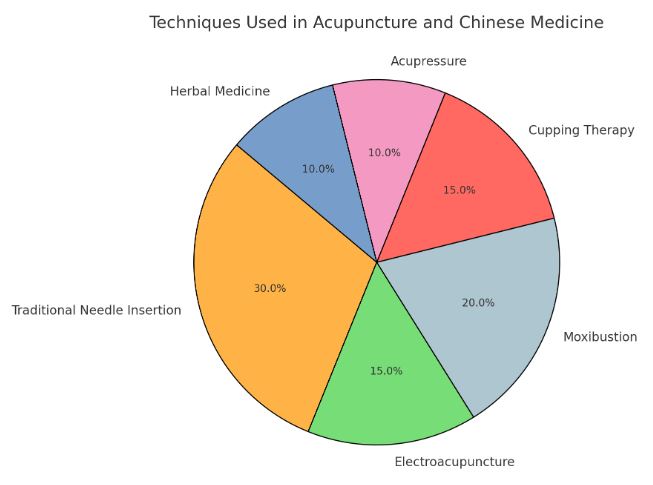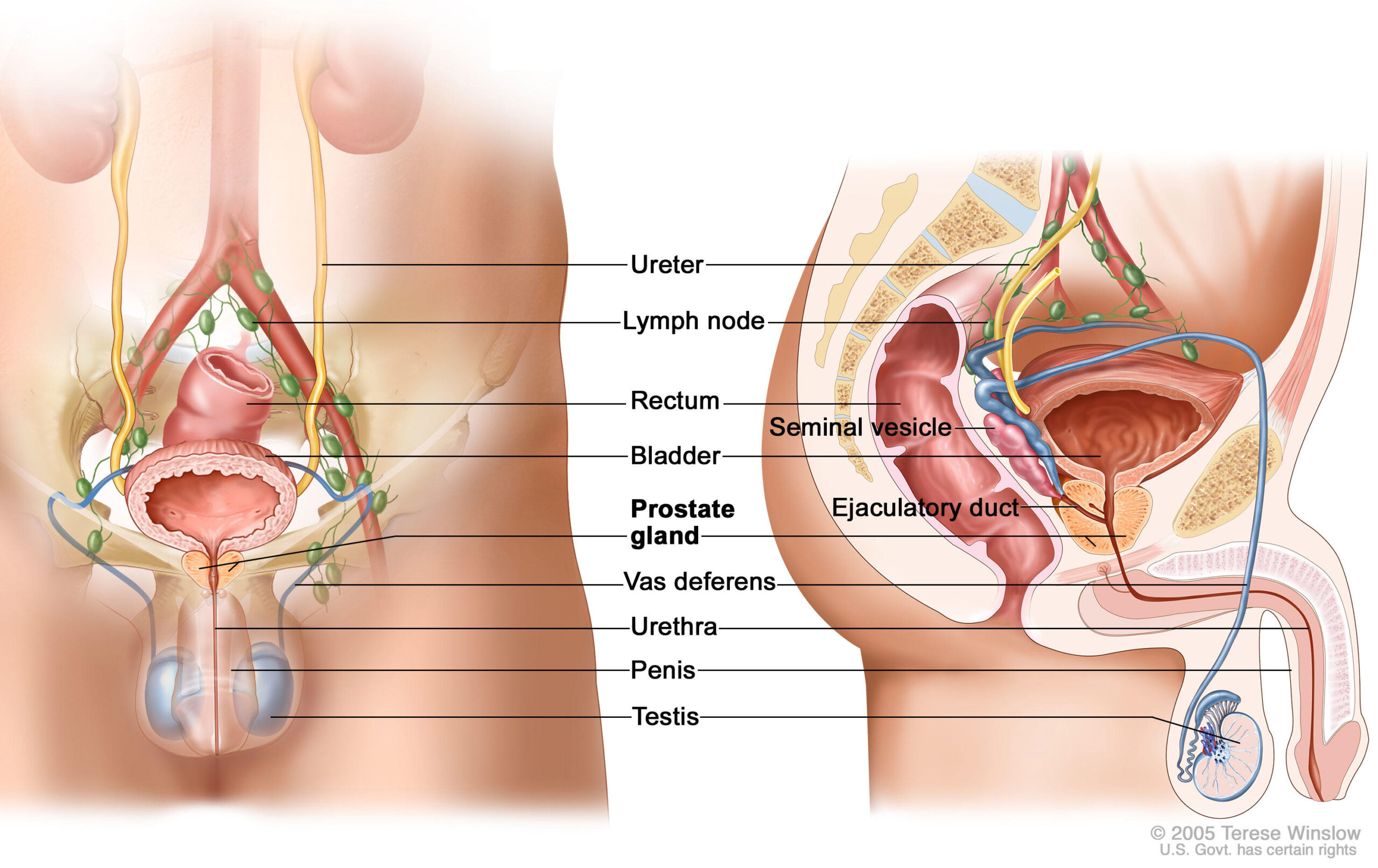Understanding Acupuncture
Acupuncture is a therapeutic practice rooted in ancient healing traditions, involving the insertion of fine needles into specific points on the body. This practice aims to balance the body’s energy, known as “Qi” (pronounced “chee”), which flows through pathways called meridians. By stimulating these points, acupuncture promotes natural healing and addresses various health issues, such as pain, stress, and digestive problems. Acupuncture is practiced worldwide, but its origins are deeply rooted in Chinese medicine. This has led to the development of a specific approach known as Chinese acupuncture. Many individuals seeking relief from various health issues often search for acupuncture therapy near me to find local practitioners. By understanding the fundamental principles and methods of acupuncture, you can better appreciate its therapeutic benefits and a wide range of applications.
The Philosophy Behind Acupuncture and Chinese Acupuncture
The philosophies underlying acupuncture and Chinese acupuncture share common elements, yet there are nuances that set them apart. Acupuncture is often viewed as a standalone technique, while Chinese acupuncture is situated within the broader framework of Traditional Chinese Medicine (TCM).
- Acupuncture: Focuses primarily on the physical aspects of treatment. Practitioners may incorporate techniques and points without necessarily adhering to the TCM philosophy.
- Chinese Acupuncture: Integrates a holistic approach, considering not only the physical symptoms but also emotional and lifestyle factors. This practice is part of TCM, which includes herbal medicine, dietary therapy, and physical exercises like Tai Chi and Qi Gong.
By understanding the philosophical differences, patients can better appreciate how each practice approaches health and wellness. This awareness can also help them choose the right treatment that aligns with their personal health philosophies.
Techniques Used in Acupuncture and Chinese Acupuncture

Both acupuncture and Chinese acupuncture utilize similar techniques involving needle insertion, but the approaches and methodologies can differ significantly.
Techniques in Acupuncture:
- Needle Insertion: Standard acupuncture focuses on inserting needles into specific acupoints to relieve symptoms.
- Electro-Acupuncture: Some practitioners use a small electrical current to stimulate needles for enhanced effect.
- Trigger Point Therapy: This technique targets muscle knots and trigger points, often used in sports medicine.
Techniques in Chinese Acupuncture:
- Holistic Diagnosis: Practitioners assess not just physical symptoms but also emotional and environmental factors.
- Pulse and Tongue Diagnosis: Chinese acupuncturists often analyze the pulse and tongue to gain insights into the patient’s health.
- Herbal Remedies: Chinese acupuncture may incorporate herbal treatments tailored to the individual’s condition, complementing the acupuncture session.
These distinctions in technique highlight the comprehensive nature of Chinese acupuncture compared to the more straightforward approach of general acupuncture.
Conditions Treated by Acupuncture and Chinese Acupuncture
| Condition | Description |
|---|
| Chronic Pain | Acupuncture is often used to alleviate chronic pain, including back pain, neck pain, and joint pain. |
| Headaches and Migraines | Acupuncture can help reduce the frequency and severity of headaches and migraines. |
| Stress and Anxiety | Acupuncture may aid in reducing stress and anxiety levels by promoting relaxation. |
| Insomnia | Treatment can help improve sleep quality and address insomnia by regulating sleep patterns. |
| Digestive Disorders | Conditions like irritable bowel syndrome (IBS) and constipation can be managed through acupuncture. |
| Allergies | Acupuncture may help alleviate allergy symptoms and enhance immune function. |
| Menstrual Disorders | It can regulate menstrual cycles and relieve symptoms of PMS and menopause. |
| Respiratory Issues | Conditions such as asthma, bronchitis, and sinusitis can be treated with acupuncture. |
| Neurological Disorders | Acupuncture can assist in managing symptoms of conditions like multiple sclerosis and stroke recovery. |
| Weight Management | Acupuncture may support weight loss by reducing cravings and balancing metabolism. |
| Addiction | It is often used as part of addiction treatment programs, particularly for smoking cessation. |
| Fatigue | Acupuncture can help combat chronic fatigue and boost overall energy levels. |
| Joint Disorders | Conditions like arthritis and tendinitis can be effectively treated through acupuncture. |
| Postoperative Pain | Acupuncture can aid in pain relief and recovery after surgery. |
Acupuncture and Chinese acupuncture can both address a variety of conditions, but they may approach treatment differently based on their foundational philosophies.
Common Conditions Treated:
- Pain Management: Both acupuncture and Chinese acupuncture are effective for alleviating chronic pain, such as back pain, arthritis, and migraines.
- Stress Relief: Acupuncture techniques can help reduce anxiety and promote relaxation.
- Digestive Disorders: Both practices can address issues like irritable bowel syndrome (IBS) and indigestion, with Chinese acupuncture providing additional dietary recommendations.
Unique Conditions Treated:
- Emotional Disorders: Chinese acupuncture often integrates emotional well-being into treatment, addressing conditions such as depression and anxiety through holistic methods.
- Preventative Health: Practitioners of Chinese acupuncture emphasize maintaining balance and preventing disease, using acupuncture as a preventative measure.
Understanding the conditions treated by both practices allows individuals to choose the one that best fits their health needs. For those seeking a comprehensive approach, Chinese acupuncture may provide additional benefits due to its holistic nature.
Training and Certification for Acupuncture Practitioners
The training and certification required for practitioners can vary between general acupuncture and Chinese acupuncture. Both paths typically require extensive education and hands-on clinical experience, but the focus of their training can differ.
Training for Acupuncture Practitioners:
- Degree Programs: Many acupuncture practitioners hold degrees in acupuncture or related fields, often requiring 2-4 years of study.
- Certification Exams: Practitioners may need to pass national or state certification exams to practice legally.
Training for Chinese Acupuncture Practitioners:
- Traditional Chinese Medicine Curriculum: Practitioners often undergo a comprehensive curriculum that includes not only acupuncture but also herbal medicine, TCM theory, and diagnosis.
- Longer Training Duration: Programs in Chinese acupuncture may last longer, often requiring 3-5 years of education, including extensive clinical training.
These educational differences can impact the practitioner’s approach to treatment, with those trained in Chinese acupuncture typically offering a more integrated health care approach.
Wrap Up:
Understanding the differences between acupuncture and Chinese acupuncture can empower individuals to make informed choices about their health and wellness. Each practice offers unique benefits, with acupuncture providing effective relief for various ailments and Chinese acupuncture delivering a more holistic approach that incorporates lifestyle and emotional well-being.
Whether someone is seeking relief from chronic pain, looking to manage stress, or interested in a more comprehensive approach to health, knowing the distinctions can guide them in selecting the right practitioner.
For those ready to explore these therapies, searching for “acupuncture therapy near me” can connect individuals with qualified practitioners who can help achieve their health goals. Embracing these ancient practices may lead to a path of healing and improved well-being, paving the way for a healthier, balanced life.




